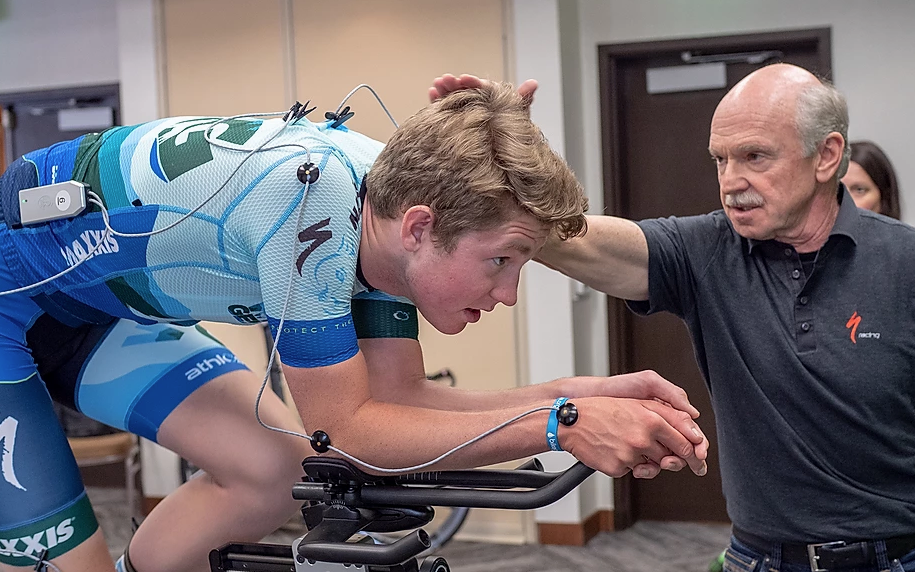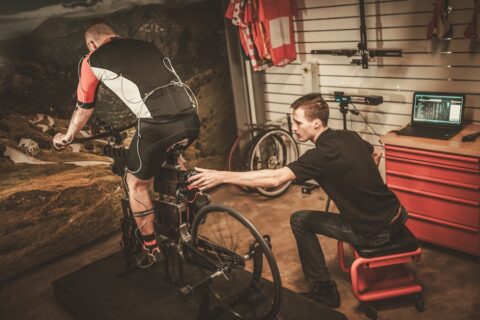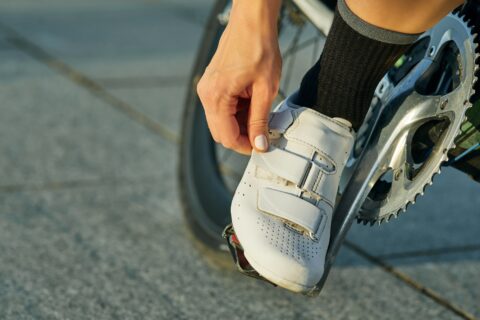Finding a good bike fitter can be challenging. Dr. Andy Pruitt, a pioneer in bike fit, explains the many nuances of choosing the best fitter for you.
Finding a good bike fitter can be challenging. Dr. Andy Pruitt, a pioneer in bike fit, explains the many nuances of choosing the best fitter for you.


